The Boston Stone
A mysterious stone embedded at the base of a historic Boston building.
Near Faneuil Hall in Boston is a grouping of cobblestone paved streets containing some the city’s last remaining colonial era buildings.
The area includes the famed Union Oyster House restaurant as well as an assortment of taverns typically filled with tourists and college students. Tucked away at the base of one of these alleyways, no doubt unnoticed by most of the drunken revelers staggering from bar to bar, is a curious historical marker of disputed significance.
Embedded in the foundation of a building located at 9 Marshall Street is a round granite stone about two feet in diameter. The inscription below the stone states simply “Boston Stone 1737.” There is no plaque or other indication explaining the stone’s origin or meaning. However, legend has it that the stone was imported from England in 1700 by Thomas Childs, who operated a paint mill on the site. Childs used the stone to grind pigment for his paints. Childs died in 1706 and the stone apparently was lost. In 1836, the paint mill was demolished to construct the current building on the site. During the excavation of the new building’s foundation, the stone was recovered and placed at the base of one of building’s brick walls.
The significance of the stone marker has been the subject of debate. Some sources claim the stone marks the geographic center of Boston and that local surveyors used it to measure distances to the city from outlying points in the same way the London Stone allegedly was utilized during Roman times. This theory is countered by the fact that most of the region’s mile markers measure the distance to Boston from the site of the Old State House, not from the Boston Stone location. In addition, there is some evidence suggesting that the marker may have been given the “Boston Stone” designation by a Marshall Street merchant in an attempt to increase business to the area through the creation of a fictitious landmark. It remains a mystery why the year 1737 was given as the date for the stone’s inscription.
Today, the building above the Boston Stone houses the aptly named Boston Stone Gift Shop. But other than lending its name to a souvenir store, the Boston Stone remains largely anonymous among the city’s colonial era attractions.
Community Contributors
Added by
Edited by
The Atlas Obscura Podcast is Back!


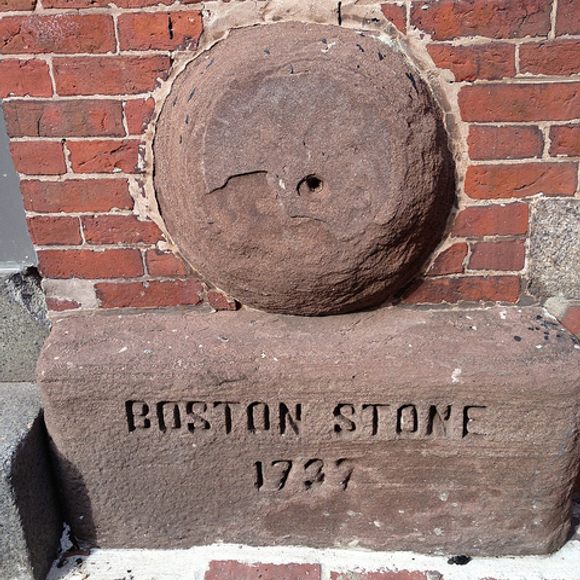

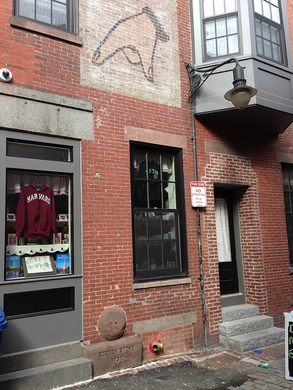


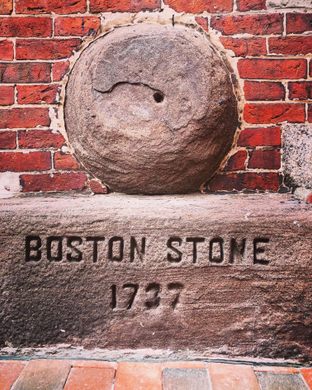
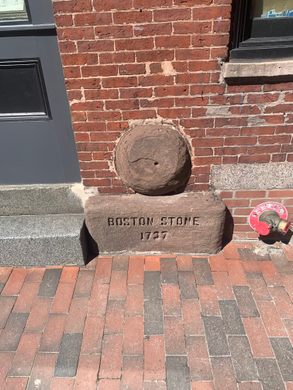



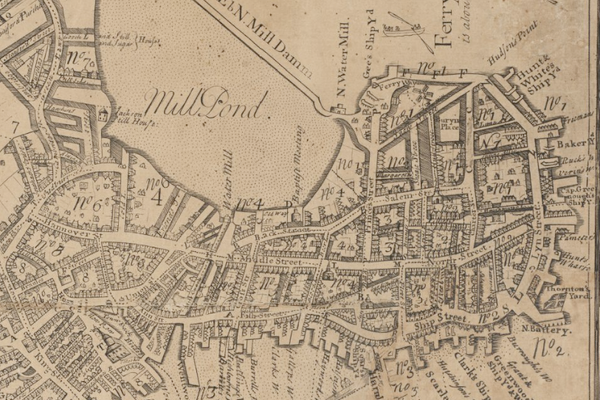



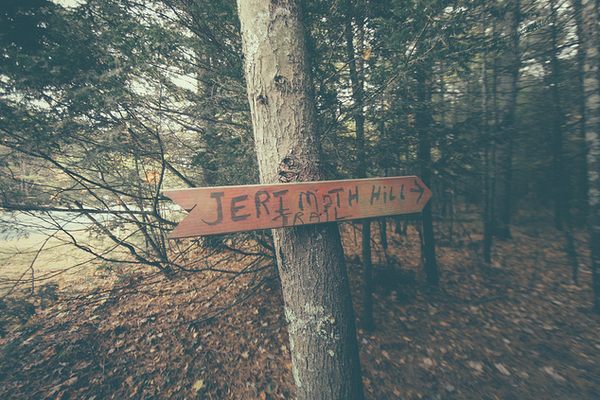





Follow us on Twitter to get the latest on the world's hidden wonders.
Like us on Facebook to get the latest on the world's hidden wonders.
Follow us on Twitter Like us on Facebook